VIII Bomber Command 154
13 December 1943
Uploaded
Object Number - UPL 22680 - Photo thanks to GWard (96 BG Historian)
Description
The port areas at Bremen and Kiel, Germany are the primary targets for this mission. This is the first mission where more than 600 aircraft are despatched. This mission is comprised of 8 elements. The first element consists 182 B-17s from: 91BG (31); 303BG (40); 379BG (43); 381BG (30); 384BG (38); 482BG (4 PFF equipped). 171 aircraft of this contingent are effective at Bremen, Germany at 1159-1206hrs. 1 battle damaged aircraft makes a crash landing at Grafton Underwood and is declared to be Damaged Beyond Repair (DBR) but crew are OK 10RTD. 1 airmen is KIA and 3 others are Wounded in Action aboard aircraft that returned. 30 aircraft are damaged. The bomber gunners of this contingent make no claims on enemy aircraft.
The second element consists of 119 B-17s of 1st Bomb Division that included: 92G (28); 305BG (27); 306BG (22); 351BG (21);401BG (21); 482BG (4 PFF equipped); 106 aircraft are effective on the target at Keil, Germany. 1 aircraft Failed to Return (FTR) 7KIA 3POW. No other casualties. 34 aircraft are damaged. The bomber gunners of this contingent from 1st Bomb Division claim 0-0-1 of attacking enemy aircraft.
The third element was a combined force of 119 B-24s from 2nd Bomb Division that included:(6 PFF equipped); 44BG (24); 93BG (27); 389BG (22); 392BG (25); and 445BG (15) despatched to bomb the port area of Keil, Germany. This is the first combat mission for 445BG. 99 aircraft are effective on the target at 1245-1247hrs. 1 aircraft Failed to Return (FTR) 3KIA 7POW. No other casualties. 4 aircraft are damaged. The bomber gunners of this element claim 1-0-0 of attacking German aircraft.
The fourth element consists of 121 B-17s of 3rd Bomb Division that included: 482BG (2 PFF equipped); 94BG (41); 100BG (19); 385BG (21) and 388BG (40) despatched to bomb the port areas of Keil, Germany. 112 aircraft are effective on the target at 1306-1317hrs. There are no aircraft losses, but 67 aircraft are damaged. 1 airman is KIA and 4 others aboard returning aircraft are Wounded in Action (WIA). The bomber gunners in this element claim 6-3-11 of attacking German aircraft.
The fifth element is a composite force of 21 B-17s from 94BG & 385BG despatched to Keil, Germany. 18 aircraft are effective on the target. 1 aircraft Failed to Return (FTR) 1KIA 9POW. Therer are no other casualties. The bomber gunners of this element calim 0-0-2 of attacking German aircraft.
The sixth element is a composite force of 19 B-17s from 100BG & 390BG depsatched to Keil, Germany. 17 are affective on the target. There are no losses or claims.
The seventh element is a combined force of 81 B-17s from 95BG (43) and 96BG (38) despateche to bomb Keil but heavy frosting and poor visiblity frustrate the attack and this element drops on Hamburg as a target of opportunity at 1300-1305hrs. 2 Aircraft Failed to Return (FTR) 2KIA 17POW. 1 aircraft with battle damage crash lands at Snetterton Heath, aircraft declared to be Damaged Beyond Repair (DBR) 4KIA 6RTD. 4 airmen in returning aircraft are Wounded in Action (WIA). 28 aircraft are damaged. The bomber gunners claim 0-0-2 of attacking German aircraft.
The eighth element is a compositie force of 21 B-17s from 96BG & 388BG and 21 B-17 from 390BG. (Force includes 2 PFF equipped B-17 from 483BG). 36 aircraft are effective on the target. There are no aircraft losses but 7 are damaged. 3 airmen are KIA and 8 others Wounded in Action (WIA) aboard returning aircraft. There are no claims on enemy aircraft.
Mission Details
Bremen, Germany
Description: INDUSTRIAL AREA
Aircraft Type: B-17 Flying Fortress
Notes: This raid and the one on Kiel is the first time that more than 600 bombers have been despatched.

- Unit Hierarchy: Group
- Air Force: Eighth Air Force
- Type Category: Bombardment
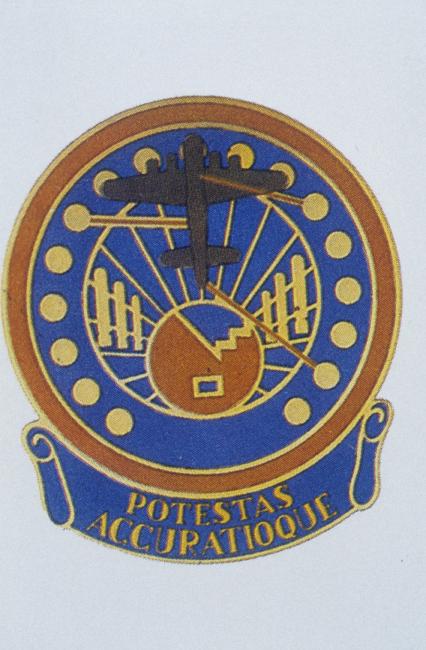
- Unit Hierarchy: Group
- Air Force: Eighth Air Force
- Type Category: Bombardment

- Unit Hierarchy: Group
- Air Force: Eighth Air Force
- Type Category: Bombardment

- Unit Hierarchy: Group
- Air Force: Eighth Air Force
- Type Category: Bombardment

- Unit Hierarchy: Group
- Air Force: Eighth Air Force
- Type Category: Bombardment
Mission Statistics
- Tonnage Dropped: 457.10
- People returned to duty: 10
- Aircraft sent: 186
- Aircraft effective: 175
- Aircraft damaged beyond repair: 1
- Aircraft damaged: 30
HAMBURG (Opportunistic)
Description: INDUSTRIAL AREA
Aircraft Type: B-17 Flying Fortress
Notes: Composite group with Hamburg element.
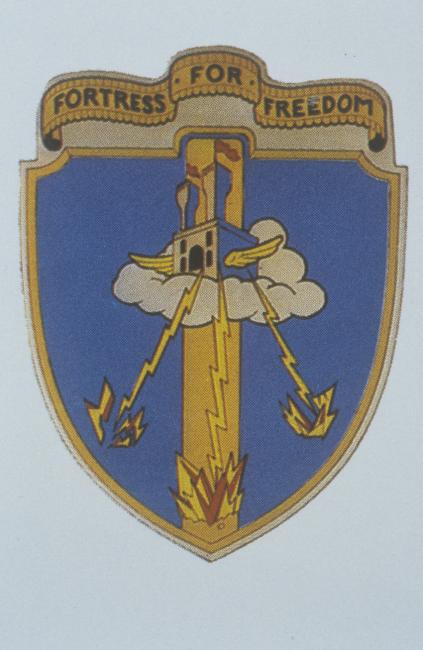
- Unit Hierarchy: Group
- Air Force: Eighth Air Force
- Type Category: Bombardment

- Unit Hierarchy: Group
- Air Force: Eighth Air Force
- Type Category: Bombardment

- Unit Hierarchy: Group
- Air Force: Eighth Air Force
- Type Category: Bombardment
Mission Statistics
- Tonnage Dropped: 63.58
- People killed in action: 3
- People wounded in action: 8
- Aircraft sent: 42
- Aircraft effective: 36
- Aircraft damaged: 7
HAMBURG (Opportunistic)
Description: INDUSTRIAL AREA
Aircraft Type: B-17 Flying Fortress
Notes: This element contained one composite group made up of 388th Bomb Group and 96th Bomb Group despatching 42 aircraft.
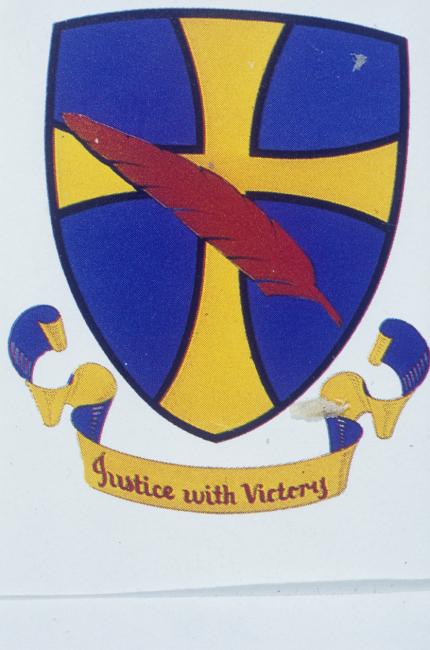
- Unit Hierarchy: Group
- Air Force: Eighth Air Force
- Type Category: Bombardment

- Unit Hierarchy: Group
- Air Force: Eighth Air Force
- Type Category: Bombardment
Mission Statistics
- Tonnage Dropped: 137.75
- People killed in action: 7
- People wounded in action: 6
- Prisoners of war: 17
- People returned to duty: 6
- Enemy aircraft damaged by bomber: 2
- Aircraft sent: 81
- Aircraft effective: 78
- Aircraft missing in action: 2
- Aircraft damaged beyond repair: 1
- Aircraft damaged: 28
KIEL (Primary)
Description: SHIP YARD
Aircraft Type: B-17 Flying Fortress
Notes: 482nd Bomb Group (B-24) contributed 6 Pathfinder (PFF) equipped aircraft to this element.
![Three airmen of the 100th Bomb Group, Lieutenant Kenneth Menzie, Lieutenant Donald Strout and Lieutenant Norman Scott, plan the route they will take during the next mission in their B-17 Flying Fortress (serial number 42-30380). Image stamped on reverse: 'Reviewed and passed U.S. Army 23 Aug 1943 Press Censor E.T.O. U.S.A.' [stamp]'. Passed for publication 23 August 1943 INTLD 16 General Section Press Censorship Bureau '[stamp], 'Associated Press' [stamp] and '280035.' [Censor no.] Printed caption on reve](https://assets.americanairmuseum.com/s3fs-public/styles/max_650x650/public/freeman/media-378743.jpg?itok=oPPVVi6c)
- Unit Hierarchy: Group
- Air Force: Eighth Air Force
- Type Category: Bombardment
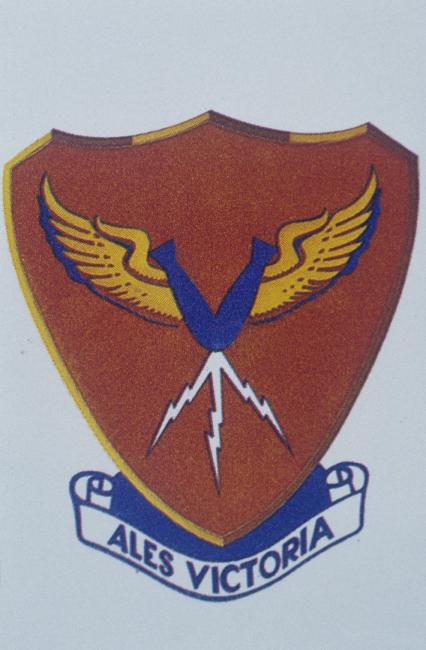
- Unit Hierarchy: Group
- Air Force: Eighth Air Force
- Type Category: Bombardment

- Unit Hierarchy: Group
- Air Force: Eighth Air Force
- Type Category: Bombardment

- Unit Hierarchy: Group
- Air Force: Eighth Air Force
- Type Category: Bombardment
Mission Statistics
- Tonnage Dropped: 203.24
- People killed in action: 1
- Prisoners of war: 9
- Enemy aircrafts destroyed by bomber: 6
- Enemy aircrafts probably destroyed by bomber: 3
- Enemy aircraft damaged by bomber: 11
- Aircraft sent: 161
- Aircraft effective: 147
- Aircraft missing in action: 1
- Aircraft damaged: 67
KIEL (Primary)
Description: SHIP YARD
Aircraft Type: B-17 Flying Fortress
Notes: Composite group with 44th Bomb Group in Kiel 3rd wave element.
![Three airmen of the 100th Bomb Group, Lieutenant Kenneth Menzie, Lieutenant Donald Strout and Lieutenant Norman Scott, plan the route they will take during the next mission in their B-17 Flying Fortress (serial number 42-30380). Image stamped on reverse: 'Reviewed and passed U.S. Army 23 Aug 1943 Press Censor E.T.O. U.S.A.' [stamp]'. Passed for publication 23 August 1943 INTLD 16 General Section Press Censorship Bureau '[stamp], 'Associated Press' [stamp] and '280035.' [Censor no.] Printed caption on reve](https://assets.americanairmuseum.com/s3fs-public/styles/max_650x650/public/freeman/media-378743.jpg?itok=oPPVVi6c)
- Unit Hierarchy: Group
- Air Force: Eighth Air Force
- Type Category: Bombardment

- Unit Hierarchy: Group
- Air Force: Eighth Air Force
- Type Category: Bombardment
Mission Statistics
- Tonnage Dropped: 30.85
- Aircraft sent: 19
- Aircraft effective: 17
KIEL (Primary)
Description: SHIP YARD
Aircraft Type: B-17 Flying Fortress
Notes: Kiel obscured, targets of opportunity bombed in and around Hamburg. Totals include: 12 of 12 Pathfinder (PFF)-equipped B-17s and 6 of 6 Pathfinder (PFF)-equipped B-24s. The 445th Bomb Group flies its first mission.

- Unit Hierarchy: Group
- Air Force: Eighth Air Force
- Type Category: Bombardment

- Unit Hierarchy: Group
- Air Force: Eighth Air Force
- Type Category: Bombardment

- Unit Hierarchy: Group
- Air Force: Eighth Air Force
- Type Category: Bombardment

- Unit Hierarchy: Group
- Air Force: Eighth Air Force
- Type Category: Bombardment

- Unit Hierarchy: Group
- Air Force: Eighth Air Force
- Type Category: Bombardment
Mission Statistics
- Tonnage Dropped: 192.35
- People killed in action: 7
- Prisoners of war: 3
- Enemy aircraft damaged by bomber: 1
- Aircraft sent: 119
- Aircraft effective: 106
- Aircraft missing in action: 1
- Aircraft damaged: 34
KIEL (Primary)
Description: SHIP YARD
Aircraft Type: B-17 Flying Fortress
Notes: Composite group with 44th Bomb Group in Kiel 3rd wave element.

- Unit Hierarchy: Group
- Air Force: Eighth Air Force
- Type Category: Bombardment

- Unit Hierarchy: Group
- Air Force: Eighth Air Force
- Type Category: Bombardment
Mission Statistics
- Tonnage Dropped: 32.66
- Enemy aircraft damaged by bomber: 2
- Aircraft sent: 21
- Aircraft effective: 18
KIEL (Primary)
Description: Ship yard and submarine pens
Aircraft Type: B-24 Liberator
Notes: 445th Bomb Group first mission. This element also included two composite groups: 94th Bomb Group and 385th Bomb Group dispatch 21; 100th Bomb Group and 390th Bomb Group dispatch 19.

- Unit Hierarchy: Group
- Air Force: Eighth Air Force
- Type Category: Bombardment

- Unit Hierarchy: Group
- Air Force: Eighth Air Force
- Type Category: Bombardment
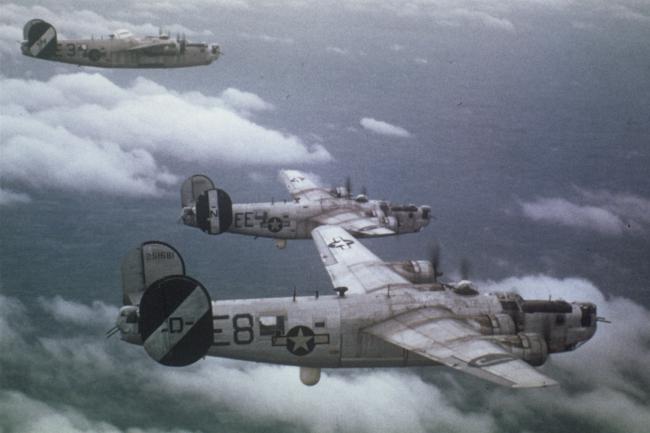
- Unit Hierarchy: Group
- Air Force: Eighth Air Force
- Type Category: Bombardment

- Unit Hierarchy: Group
- Air Force: Eighth Air Force
- Type Category: Bombardment

- Unit Hierarchy: Group
- Air Force: Eighth Air Force
- Type Category: Bombardment
Mission Statistics
- Tonnage Dropped: 274.60
- People killed in action: 3
- People missing in action: 10
- Prisoners of war: 7
- Enemy aircrafts destroyed by bomber: 1
- Aircraft sent: 113
- Aircraft effective: 99
- Aircraft missing in action: 1
- Aircraft damaged: 2
Connections
See how this entry relates to other items in the archive by exploring the connections below.
People
- Military/Civilian/Mascot: Military
- Nationality: American
- Unit: 384th Bomb Group 544th Bomb Squadron
- Service Numbers: O-798297
- Highest Rank: First Lieutenant
- Role/Job: Pilot
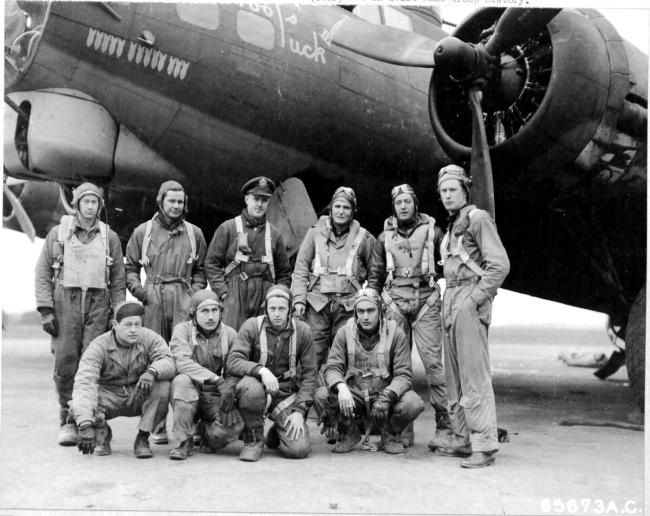
- Military/Civilian/Mascot: Military
- Nationality: American
- Unit: 401st Bomb Group 612th Bomb Squadron
- Service Numbers: O-735233
- Highest Rank: First Lieutenant
- Role/Job: Navigator / Bombardier

- Military/Civilian/Mascot: Military
- Nationality: American
- Unit: 388th Bomb Group 560th Bomb Squadron
- Service Numbers: 16066310 / O-735023
- Highest Rank: Captain
- Role/Job: Pilot

- Military/Civilian/Mascot: Military
- Nationality: American
- Unit: 388th Bomb Group 561st Bomb Squadron
- Service Numbers: 37111609
- Highest Rank: Technician Fourth Grade
- Role/Job: Waist Gunner
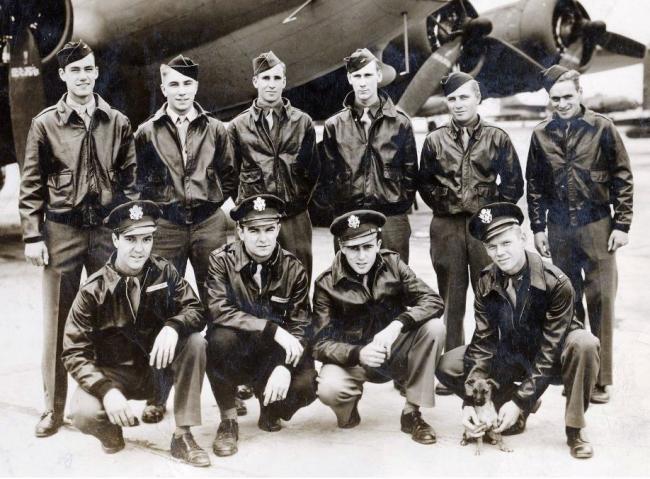
- Military/Civilian/Mascot: Military
- Nationality: American
- Unit: 95th Bomb Group 412th Bomb Squadron
- Service Numbers: 18193418
- Highest Rank: Technical Sergeant
- Role/Job: Radio Operator
Aircraft

- Aircraft Type: B-17 Flying Fortress
- Nicknames: What's Cookin' Doc
- Unit: 384th Bomb Group 547th Bomb Squadron 305th Bomb Group 422nd Bomb Squadron

- Aircraft Type: B-17 Flying Fortress
- Nicknames: Little Audrey
- Unit: 306th Bomb Group 384th Bomb Group Base Air Depot 1 368th Bomb Squadron 544th Bomb Squadron

- Aircraft Type: B-17 Flying Fortress
- Nicknames: Problem Child : Old Reliable
- Unit: Base Air Depot 1 547th Bomb Squadron 384th Bomb Group 305th Bomb Group 367th Bomb Squadron

- Aircraft Type: B-17 Flying Fortress
- Nicknames: Knock-out Dropper
- Unit: 303rd Bomb Group 359th Bomb Squadron

- Aircraft Type: B-17 Flying Fortress
- Nicknames: Nora 2nd
- Unit: 96th Bomb Group 306th Bomb Group 305th Bomb Group 322nd Bomb Squadron 384th Bomb Group 545th Bomb Squadron
Revisions
Lee Cunningham 24-Jul-2015. Added bomber gunner claims to 7 Keil statistics per "The Mighty Eighth War Diary", Roger A. Freeman
Lee Cunningham 24-Jul-2015. Added bomber gunner claims to 6 Keil statistics per "The Mighty Eighth War Diary", Roger A. Freeman
Lee Cunningham 24-Jul-2015. Added bomber gunner claims to 4 Keil statistics per "The Mighty Eighth War Diary", Roger A. Freeman
Lee Cunningham 24-Jul-2015 Added bomber gunner claims to 3 Hamburg statistics per "The Mighty Eighth War Diary", Roger A. Freeman.
Lee Cuuningham 24-Jul-2015 Added Mission Narrative for elements 3-8 per "The Mighty Eighth War Diary", Roger A. Freeman.
Lee Cunningham 24-Jul-2015 Added Mission Narrative based on "The Mighty Eighth War Diary", Roger A. Freeman.
Source document: 2nd Air Division Mission Report obtained from the Air Force Historical Research Agency, Maxwell AFB, AL.
Source document: 2nd Air Division Mission Report obtained from the Air Force Historical Research Agency, Maxwell AFB, AL.
Lee Cunningham, 8th Air Force missions research database / Stan Bishop's 'Losses of the US 8th and 9th Air Forces', the Combat Chronology of the US Army Air Forces and the work of Roger Freeman including the 'Mighty Eighth War Diary'.


